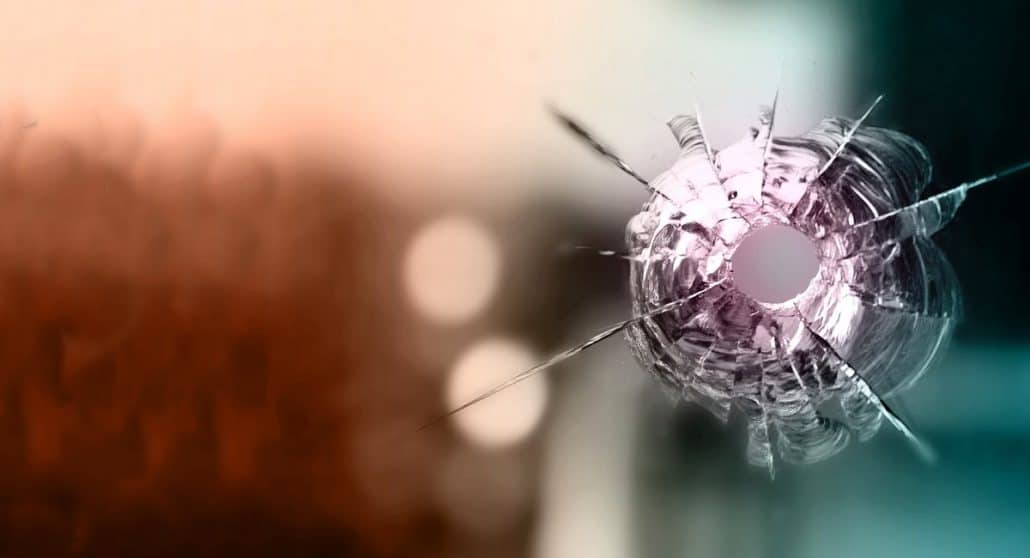By Ronald Menoe
First published in City Press
Often the link between corruption and death is hard to trace. How do you link a car accident to a corrupt traffic cop soliciting a bribe from a drunk driver, or the death of a malnourished child to a corrupt school official siphoning funds from a school’s feeding scheme?
In contrast, the death of Leshay Arnold is clearly linked to corruption. In February 2010, three-year-old Leshay was killed by a stray bullet in Delft on the Cape Flats. Leshay’s murder made headlines because it was the first death to be linked to a nationwide gun smuggling syndicate in which a corrupt police officer, allegedly working with a gun dealer and a businessman, sold guns handed in to the police by the public for destruction, to gangsters in the area.
As part of his plea bargain with the state, the police officer, Christiaan Prinsloo, admitted he stole 2 400 guns from police stores. Court papers filed as part of the state’s case against two of Prinsloo’s alleged accomplices – Alan Raves (a firearms dealer) and Irshaad Laher (a businessman) – reveal that:
- At least 888 of the guns stolen by Prinsloo were forensically linked to 1 066 murders in the Western Cape between 2010 and mid-2016;
- At least 261 children between the ages of one and 18 years were shot on the Cape Flats between 2010 and 2015 with “Prinsloo guns”, 89 of whom were killed, including Leshay; and
- Of the 2 400 guns that Prinsloo admitted to stealing, more than 1 100 are still missing.
That so many children were shot and killed or injured by corruption is tragic. Youth Month is an opportune time to ask: Why are the laws meant to protect our children not being enforced?
Leading cause of death
While there are a range of factors that risk overall community safety, a key contributor is easy access to guns, which increases children’s vulnerability to armed violence. Research shows that guns are a leading cause of death for older children across South Africa, with children from 15 years most often killed in interpersonal conflicts. As of 2014, the leading cause of death for children is gun wounds (49.2%), followed by stab (44.3%) and blunt force (6.6%) wounds.
Moreover, research reveals that children are particularly vulnerable to being shot by stray bullets; the largest proportion (36%) of children aged 13 or younger who were shot and admitted to the Red Cross Children’s Hospital between 1991 and 2010 were injured in crossfire. They are vulnerable to this type of shooting for various reasons, including the intersection between gun availability, the illegal trade in guns and unplanned urbanisation.
As highlighted in Leshay’s case, two factors in particular contribute. First, the system of gun control in place: when gun laws are weak or poorly enforced, the legal trade in guns fuels the illegal trade because legally bought guns can more easily leak into the hands of unauthorised users. Second, the nature of guns: being durable, guns can be used for many crimes, making them highly prized by criminals.
Effective interventions
While there are effective interventions to protect children from armed violence, key among them are reducing the availability of guns and opportunities for corruption. These include:
- A comprehensive national legal framework controlling the possession, use and transfer of guns: The Firearms Control Act (2000) is recognised as being a world-class gun law. Where we have failed is in enforcing it, as Prinsloo tragically illustrates; while gun laws save lives, poor enforcement and associated corruption kills.
- International small arms control: South Africa is a signatory to three legally binding arms control instruments (the Firearms Protocol, the Arms Trade Treaty and SADC Firearms Protocol), requiring enforced legislation aimed at effective weapon control.
- Gun removal: Amnesties are recognised globally as highly effective at removing guns from communities. However, if guns handed in or recovered by the state are not destroyed they find their way back into communities, causing fear, injury, suffering and death.
- Awareness-raising campaigns: Public education and social mobilisation both improve compliance with the law and change people’s attitudes to gun possession and use.
Between 2000 and 2010 the act saved thousands of lives, but then the law stopped being properly enforced, allowing corruption to spread. While we may never know the true extent and impact of corruption within the gun control regime, as the South African Police Service’s (Saps) legal services department notes, “The SA Police Service is duty-bound to ensure that any loopholes which allowed the theft of … firearms in its custody (are) plugged as soon and as effectively as possible.”
Corruption kills and, as Saps itself warns, if remedial action is not taken to reverse its impact and “prevent a recurrence of the corruption and crimes that were committed”, “(t)he scope of … possible litigation is enormous”.
• Ronald Menoe is deputy director at Corruption Watch and a board member at Gun Free SA
